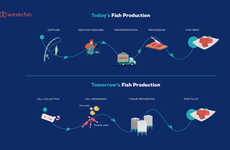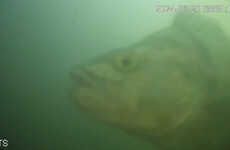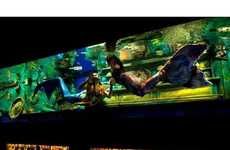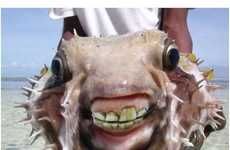
The Brazilian Blind Characid Fish is Nearly Extinct
Tiana Reid — May 16, 2010 — Eco
References: news.bbc & treehugger
One lone Brazilian blind characid fish, part of the family of tetras and piranhas, was first discovered in 1962 in Minas Gerais, Brazil. It was identified by ichthyologists as a new species of Characiformes (a type of ray-finned fish), but then it was never seen again. Well, until now.
The Federal University of Sao Paulo and its team of researchers led by Dr. Cristiano Moreira have recently rediscovered the Brazilian blind characid fish in deep underground wells. Sadly, the already-small school of fish, confirmed to be the Stygichthys typhlops, is near-extinction.
The Federal University of Sao Paulo and its team of researchers led by Dr. Cristiano Moreira have recently rediscovered the Brazilian blind characid fish in deep underground wells. Sadly, the already-small school of fish, confirmed to be the Stygichthys typhlops, is near-extinction.
Trend Themes
1. Rediscovery of Rare Species - Opportunity to study and protect rare and endangered species through rediscovery.
2. Underground Biodiversity Exploration - Exploring deep underground wells for undiscovered animal species and their unique adaptations.
3. Conservation Efforts for Extinct-like Species - Implementing conservation strategies for species believed to be extinct but later rediscovered.
Industry Implications
1. Environmental Conservation - Investing in initiatives and technologies to protect and preserve endangered species.
2. Biodiversity Research - Advancing research on undiscovered species and their habitats to support conservation efforts.
3. Ecotourism - Creating eco-friendly tourism opportunities centered around the exploration of rare and unique animal species.
2.8
Score
Popularity
Activity
Freshness























